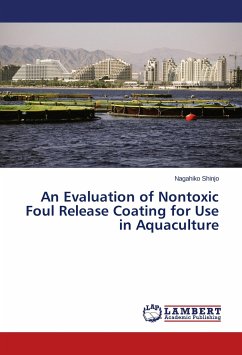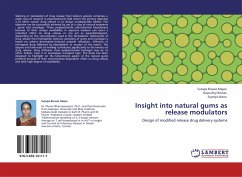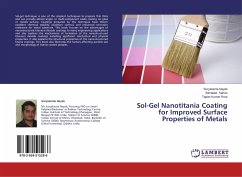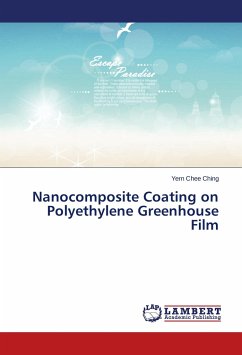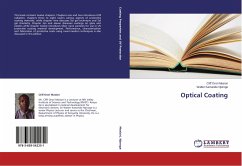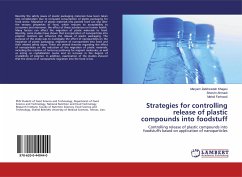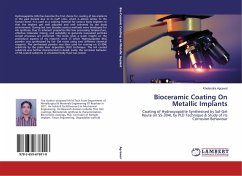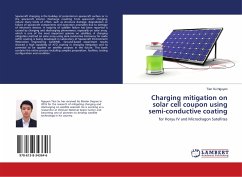The book contain the evaluation of biofouling treatments for aquaculture nets. The effectiveness of biofouling prevention between conventional antifouling and foul-release coatings were evaluated with respect to untreated net. The samples consisted of 1/2" (13mm) and 7/8" (22mm) mesh size nylon knitted nets treated with no-coating, copper coating, and silicone coating. The samples were immersed in the water and evaluated their fouling characteristics by quantifying mesh opening blockage, drag force, cleanability, and cost. The samples preparations and each testing methods are described in detail. The results indicated that the copper and silicone treatments improved antifouling properties in different manner. The copper treatments effectively reduced fouling attachment while the silicone treatment, although fouled, provided ease of fouling removal. Lastly, the potential use of nontoxic silicone coating on aquaculture net was discussed.

